Message from the Program Director
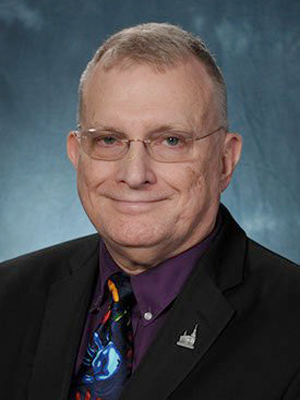
Michael Mahla, MD
Professor and Program Director
Welcome to our website and thank you for your interest in the Anesthesiology residency at SUNY-Downstate Medical Center. When considering a training program, you should be certain that at the completion of your residency you will be clinically proficient, as well as prepared to successfully complete the board certification progress. The Downstate Anesthesiology residency has been successful in meeting these goals in a setting which values resident well-being.
The core of our educational experience stems from the communities we serve. Our residents gain exposure to a wide variety of patients, often with significant co-morbidities, undergoing a diverse range of procedures. Our residents also benefit from being able to work in a number of different hospitals. These include:
University Hospital at Downstate
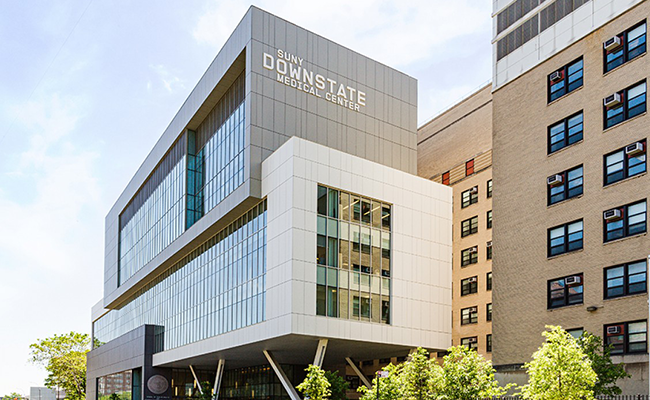 Downstate is the core hospital for the residency training program. You will spend
the majority of your time training at Downstate. Among others, case types include
general surgery, vascular surgery, gynecology, pediatrics, orthopedics, gastroenterology,
ophthalmology, and renal transplantation. The OB service cares for very high risk
patients from the underserved community surrounding the hospital
Downstate is the core hospital for the residency training program. You will spend
the majority of your time training at Downstate. Among others, case types include
general surgery, vascular surgery, gynecology, pediatrics, orthopedics, gastroenterology,
ophthalmology, and renal transplantation. The OB service cares for very high risk
patients from the underserved community surrounding the hospital
Kings County Hospital Center
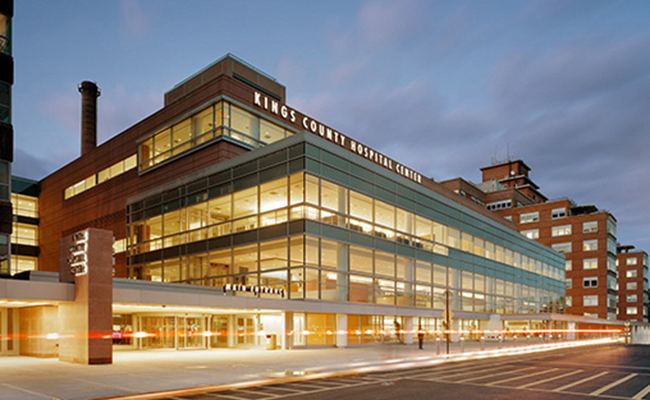 Kings County is a level 1 trauma center, and you will experience most of your major
trauma experience here. This hospital is located directly across the street from Downstate.
In addition to trauma, all of the subspecialties in Anesthesiology are represented
here as well as a busy OB service.
Kings County is a level 1 trauma center, and you will experience most of your major
trauma experience here. This hospital is located directly across the street from Downstate.
In addition to trauma, all of the subspecialties in Anesthesiology are represented
here as well as a busy OB service.
Brookdale Hospital Medical Center
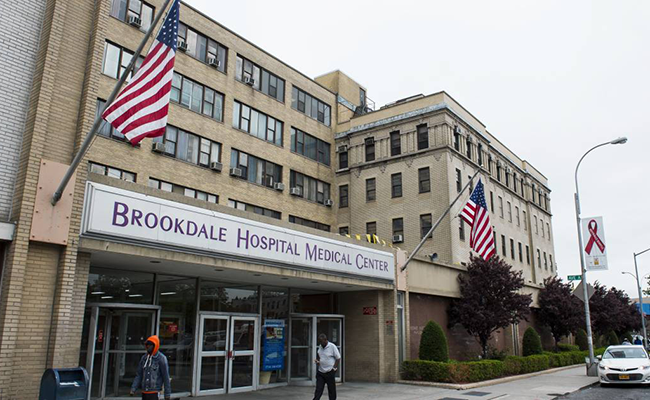 Brookdale is a full service medical center serving underserved patients in Brooklyn
and the surrounding area. This hospital is also a level 2 trauma center and nearly
all the surgical specialties are represented here including thoracic surgery. The
hospital is located approximately 1 mile from Downstate.
Brookdale is a full service medical center serving underserved patients in Brooklyn
and the surrounding area. This hospital is also a level 2 trauma center and nearly
all the surgical specialties are represented here including thoracic surgery. The
hospital is located approximately 1 mile from Downstate.
As you can see, each hospital has its own distinctive hospital culture, workflow, patient population, and procedure variety. You are also exposed to different electronic medical record systems. At each of these hospitals, our residents have a unique call experience. On the day of call, residents are given a 3-hour call break during the workday afternoon to rest and relax prior to beginning the call shift. In addition, where possible, they are relieved early on the day prior to call.
Finally, residents also rotate at Mt. Sinai West for cardiac anesthesiology, Children’s Hospital of Philadelphia, Memorial Sloan Kettering Cancer Center in Manhattan, and Staten Island University Hospital where additional subspecialty training is provided.
Each year the residency program selects six chief-residents. Each has a different set of duties. Two are responsible for managing the schedules for the different classes, two are responsible for assisting the program director with the education program, one is responsible for assisting residents in research projects, and one is responsible for the wellness of all the residents. Wellness is strongly emphasized and many activities are provided which enable the residents to connect with each other, relax, and enjoy the area around where they work. As an example, each year the department pays for the new CA-1 class to go on a whale-watching cruise off of Long-Island – always a memorable experience.

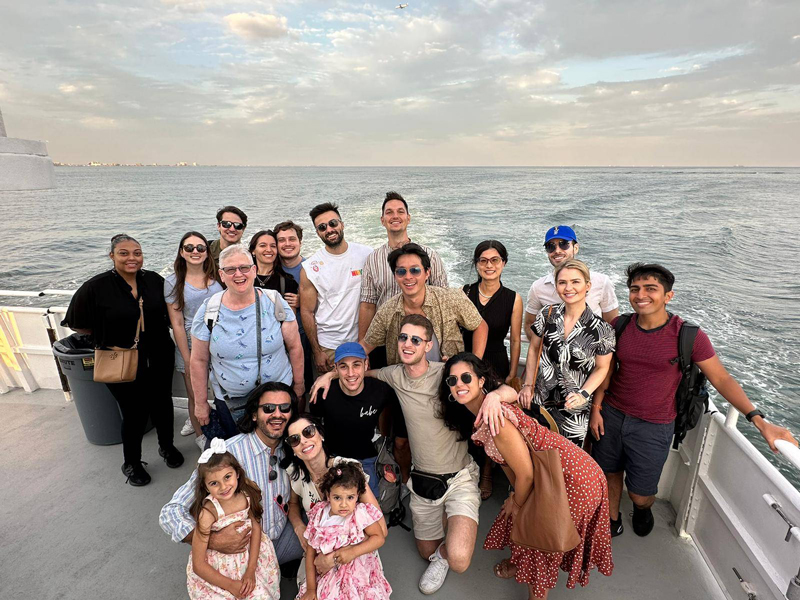
The academic preparation we provide to our residents is equally as important as their clinical training. We offer academic activities devoted to broadening the depth of knowledge expected of graduating anesthesiologists. These include daily didactics (prior to OR start), journal club, grand rounds, case-based discussions, simulation training, an online colloquia database, and Learnly, an online teaching module for CA-1's. Zoom videoconferencing is used extensively so that the educational experience is the same for residents regardless of where they are located. Innovative educational experiences are being designed such as resident Jeopardy which will address topics on the annual In-Training Examination where the department did not perform well. A transition to practice program for our CA-3 residents is also under development.
Between clinical experience and our educational programs, our residents consistently demonstrate a first-time pass rate of over 95% on the ABA Advanced Exam with similar results on the Basic Exam. We also encourage our residents to participate in our clinical research program, as well as our cardiac and neuroscience basic science research programs.
The Department takes very seriously our commitment to care for the medically underserved patients of Brooklyn. We also realize that it is our responsibility as physicians to provide care to such patients wherever they may be. Thus, we encourage our residents to participate in overseas medical missions and provides financial support for them to do so. Residents have travelled to the Philippines, Serbia, and Ecuador, and all have found these experiences extremely rewarding.
Finally, our residents have a long track record of service in organized anesthesiology, including leadership positions in the resident section of the American Society of Anesthesiologists and the New York State Society of Anesthesiologists. Many of our residents also participate in hospital governance activities, including membership on the Ethics Committee, OR Committee, and Ambulatory Surgery Committee at University Hospital.
Thank you for taking the time to visit our website. We have so much to offer to the student contemplating a career in anesthesiology, as an academician, a researcher, or a community practitioner. I look forward to meeting you and showing you the unique strengths of our department.
Sincerely,
Michael Mahla, MD
Professor and Program Director
Department of Anesthesiology
SUNY Downstate College of Medicine